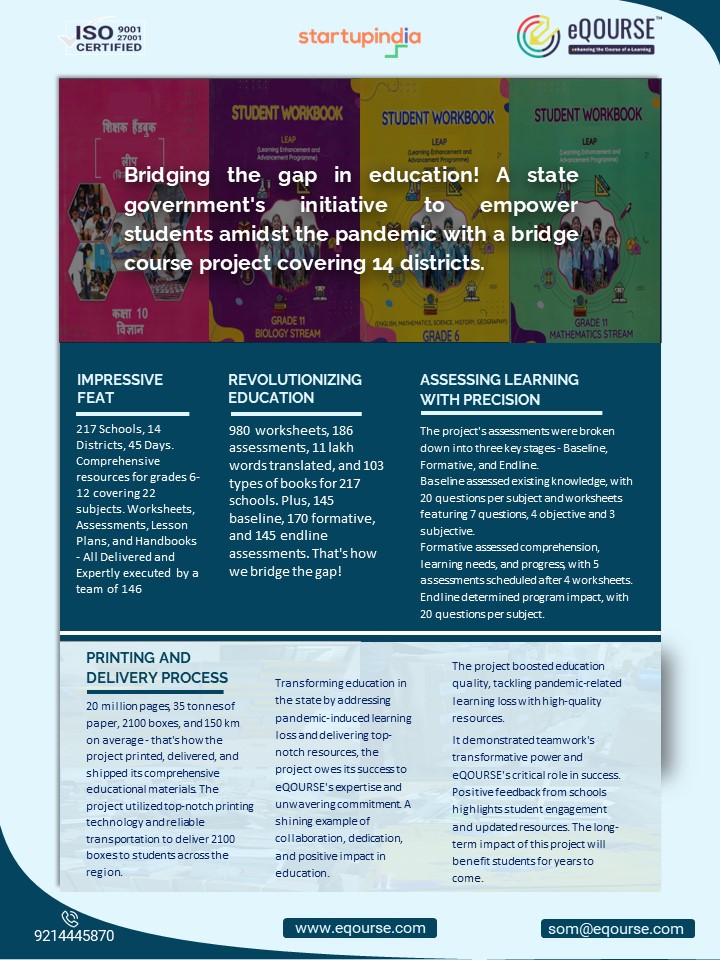


Edtech firms are on average priced with modesty, though some have attained sturdy valuations. We all know that valuation practices unremarkably replicate investors’ beliefs during a company’s ability to create cash within the future. We are, however, still learning concerning how edtech generates prices for users and the way to require an account of such price.
Valuation and readying of user-generated information
Edtech firms aren't competitive with the likes of Google and Facebook for promotion revenue. That's why phrases like ‘ area unit the product’ and ‘data are that the new oil’ yield very little insight once applied to edtech.
For edtech firms, sturdy valuations turn on the thought that technology will bring us price to learners, academics and organizations; they'll eventually be willing to buy such advantages, within the variety of subscriptions.
Edtech firms try to deliver use price in multiple ways, like deploying user-generated information to boost their services. User-generated information area unit the digital traces we tend to leave once partaking with a platform: keyboard strokes and mouse movements, clicks and inactivity.
The value of user-generated information in the instruction
The golden commonplace for unlocking the ‘value’ of user-generated information is to evoke associate degree activity that might otherwise not have arisen. the amendment leads to thorough information feedback loops. Loops accommodate 5 stages: information generation, capture, anonymisation, computation and intervention. Loops may be long and short.
For example, imagine that a gaggle of scholars is assigned 3 readings for sophistication. Texts are accessed and skimmed on a web platform. Engagement information indicates that every student hung out reading text one and text two, however, no one browsed text three. As a result of this insight, return next semester, text three is replaced by an additional “engaging” text. That's a protracted electrical circuit.
Now, imagine that one student is reading one text. The platform’s machine learning programme generates a rudimentary quiz to check comprehension. supported the students’ answers, additional readings are advised or the scholar is inspired to re-read specific sections of the text. That's a brief electrical circuit.
In reality, most feedback loops don't evoke activity that might not have happened otherwise. It's not that a faculty member couldn't learn, through spoken communication, that texts are a unit higher likeable by students, what points are appreciated. What's true, though, is that the premise and quality of such judgments shifts. Most significantly, therefore will the value structure that underpins judgment.
The additional machine-controlled feedback loops area unit, the bigger the economy of scale. ‘Automation’ refers to the decoupling of further feedback loops from further labour inputs. ‘Economies of scale means the common value of delivering feedback loops decreases because the company grows.
Proponents of machine learning and different computing approaches argue that the utilization price of feedback loops improves with scale: the additional users have interaction within the back-and-forth between generating information, receiving the intervention and generating new information, the additional precise the underlying learning algorithms become in predicting what interventions can ‘improve learning’.
The platform learns and grows with the U.S.
Edtech platforms proliferate as a result of they're seen to deliver higher prices for cash than the human-centred difference. Cloud-based platforms are units accessed through subscriptions without transfer of possession. The economic relationship is underwritten by law and continuing payment is legitimated through the feedback loops between humans and machines: the platform learns and grows with the U.S., as we tend to feed it.
Machine learning techniques have the potential to boost the potency with that we tend to organize learning activities, like explicit varieties of student assessment and observance. However, we tend to not apprehend those values to mobilize once judgment intervention efficacy: ‘value’ and ‘values’ area unit various things.
In everyday speech, we tend to discuss ‘value’ once we need to justify or critique a state of affairs that encompasses a value: is that the price right, too low, or too high? We tend to disagree on the value, however, we tend to agree that one thing is purchasable.
Other times, we tend to reject the thought that an issue ought to be purchasable, sort of a family heirloom, love or education. The individuals tell the U.S. otherwise, we tend to question their values. This is often a result of values and units concerning relationships and politics.
When we raise concerning the values of edtech in instruction, we tend to ask: what form of relations {do we tend to, can we, Will we} suppose an area unit virtuous and acceptable for the institution? What relationships are unit formation and substitution between machines and other people, and between individuals and people?
Deciding on that learning relations to create calculably it yet has to be driven by values.
Instead of relying on edtech as a solution that merely drives learning outcomes, it's additionally helpful to consider it as technology that mediates learning relations and processes: what relationships will we price as necessary for college students and once is technology useful and unhelpful in establishing those? During this means, values will facilitate the U.S. guide the means we tend to account for the worth of edtech.
Moreover, the governments of various companies are impressed by the growth of the edtech industry. In the upcoming years, there will be more acceptability towards edtech.
eQOURSE Connect is a weekly newsletter for educational professionals that talks about the latest developments happening in edtech startups, thought-provoking discussions, and recommendations to create better educational solutions.